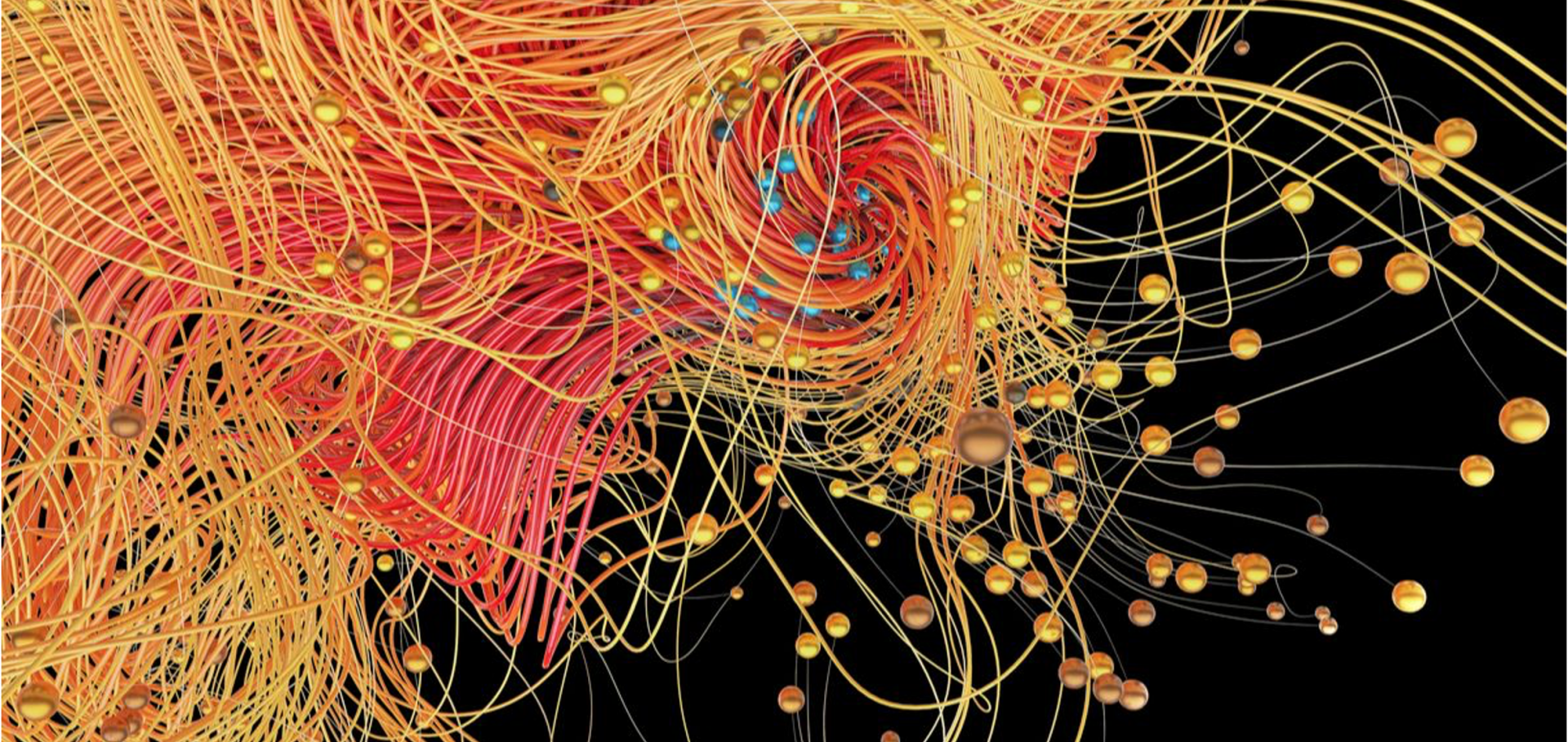Deterministic and robust room-temperature exchange coupling in monodomain multiferroic BiFeO3 heterostructures.
Abstract:
Exploiting multiferroic BiFeO3 thin films in spintronic devices requires deterministic and robust control of both internal magnetoelectric coupling in BiFeO3, as well as exchange coupling of its antiferromagnetic order to a ferromagnetic overlayer. Previous reports utilized approaches based on multi-step ferroelectric switching with multiple ferroelectric domains. Because domain walls can be responsible for fatigue, contain localized charges intrinsically or via defects, and present problems for device reproducibility and scaling, an alternative approach using a monodomain magnetoelectric state with single-step switching is desirable. Here we demonstrate room temperature, deterministic and robust, exchange coupling between monodomain BiFeO3 films and Co overlayer that is intrinsic (i.e., not dependent on domain walls). Direct coupling between BiFeO3 antiferromagnetic order and Co magnetization is observed, with ~ 90° in-plane Co moment rotation upon single-step switching that is reproducible for hundreds of cycles. This has important consequences for practical, low power non-volatile magnetoelectric devices utilizing BiFeO3.Magneto-orbital ordering in the divalent A-site quadruple perovskite manganites AMn7O12(A=Sr, Cd, and Pb)
Abstract:
Through analysis of variable temperature neutron powder diffraction data, we present solutions for the magnetic structures of SrMn7O12, CdMn7O12, and PbMn7O12 in all long-range ordered phases. The three compounds were found to have magnetic structures analogous to that reported for CaMn7O12. They all feature a higher temperature lock-in phase with commensurate magneto-orbital coupling, and a delocked, multi-k magnetic ground state where incommensurate magneto-orbital coupling gives rise to a constant-moment magnetic helix with modulated spin helicity. CdMn7O12 represents a special case in which the orbital modulation is commensurate with the crystal lattice and involves stacking of fully and partially polarized orbital states. Our results provide a robust confirmation of the phenomenological model for magneto-orbital coupling previously presented for CaMn7O12. Furthermore, we show that the model is universal to the A
Electrical switching of magnetic polarity in a multiferroic BiFeO3 device at room temperature
Abstract:
We have directly imaged reversible electrical switching of the cycloidal rotation direction (magnetic polarity) in a (111)pc-BiFeO3 epitaxial-film device at room temperature by non-resonant x-ray magnetic scattering. Consistent with previous reports, fully relaxed (111)pc-BiFeO3 epitaxial films consisting of a single ferroelectric domain were found to comprise a sub-micron-scale mosaic of magneto-elastic domains, all sharing a common direction of the magnetic polarity, which was found to switch reversibly upon reversal of the ferroelectric polarization without any measurable change of the magneto-elastic domain population. A real-space polarimetry map of our device clearly distinguished between regions of the sample electrically addressed into the two magnetic states with a resolution of a few tens of micron. Contrary to the general belief that the magneto-electric coupling in BiFeO3 is weak, we find that electrical switching has a dramatic effect on the magnetic structure, with the magnetic moments rotating on average by 90 degrees at every cycle.



